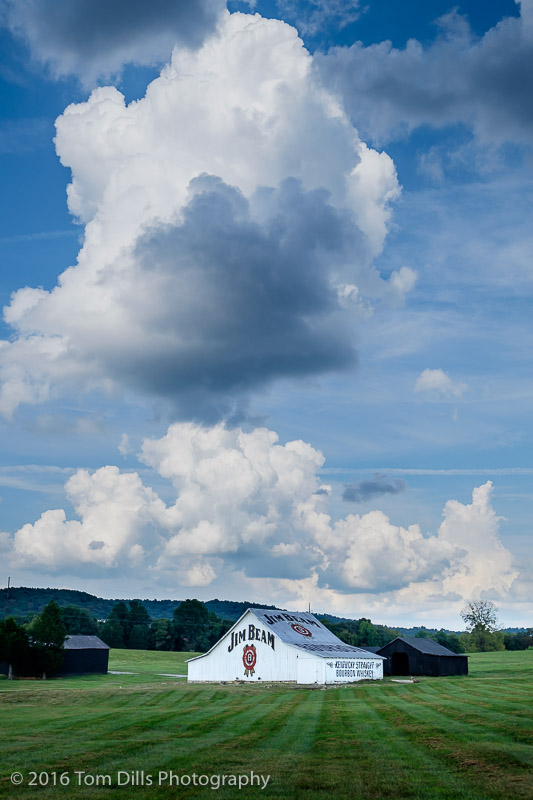
I’m finally getting back to looking at some of my photos from our visit to Kentucky in …. oops, September!? How did that happen? Our first stop was at the Jim Beam Distillery in Clermont, Kentucky.
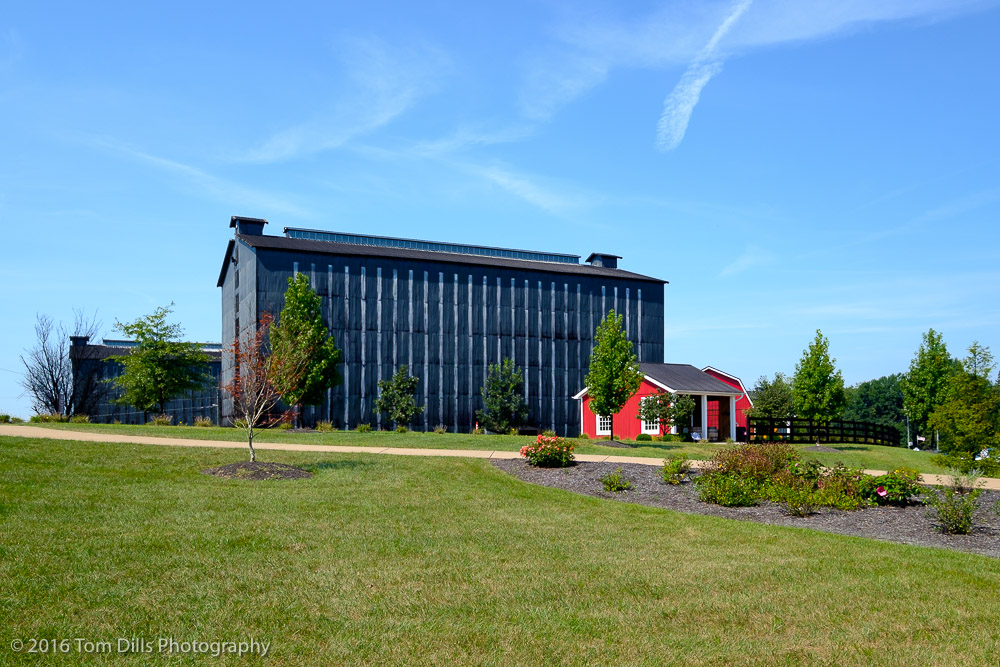
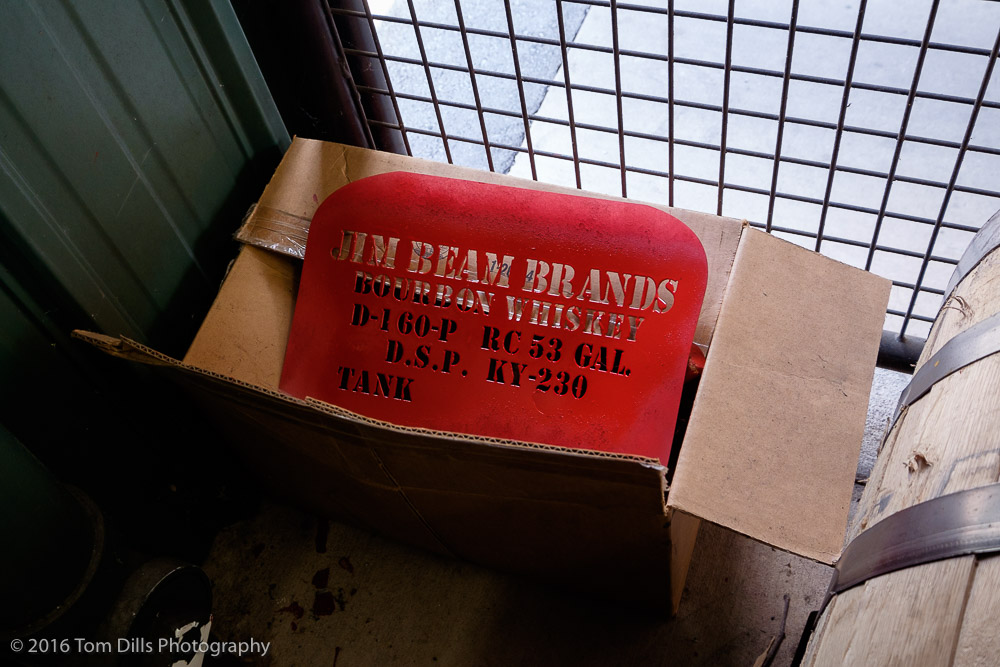
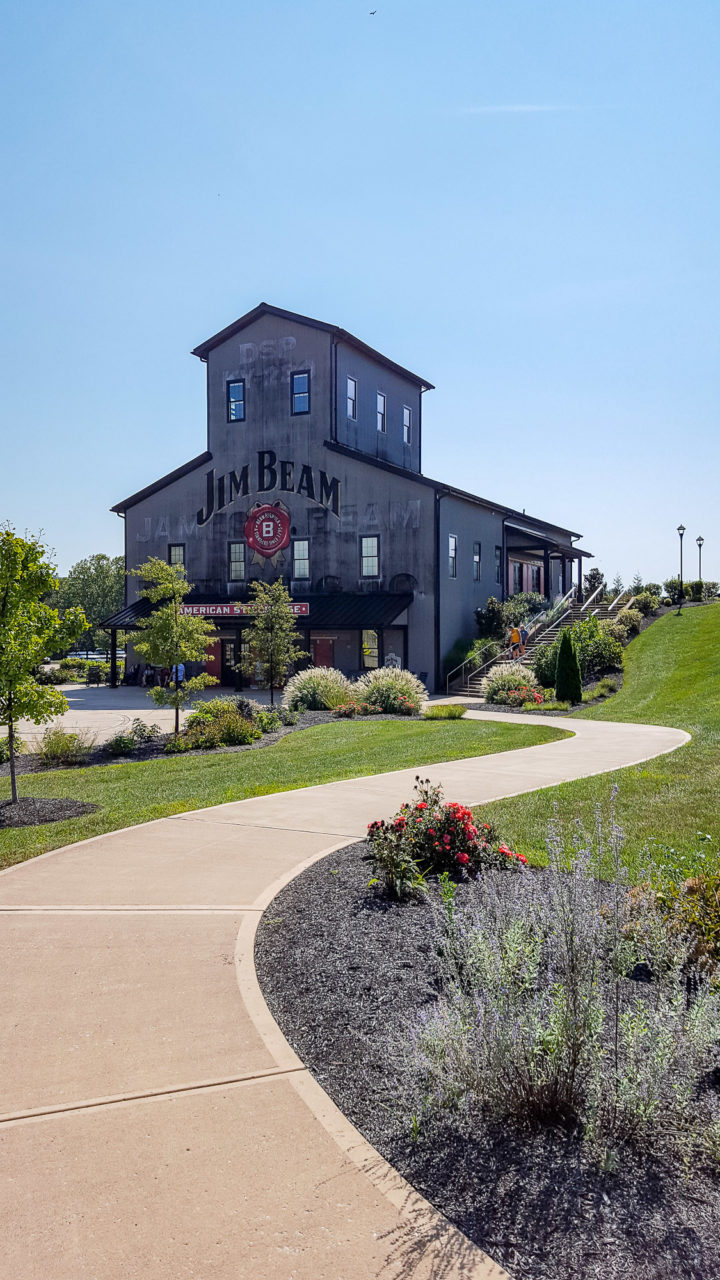
Every distillery seems to have their own “claim to fame” in terms of being first, longest, oldest, etc. But it’s hard to argue with a company that can say “Jim Beam is the World’s No. 1 Bourbon.” And you would be hard pressed to find a distillery in Kentucky that doesn’t trace it’s history back the Beam family line in some way. In fact many and perhaps most of the Master Distillers at Kentucky distilleries today either have the last name of Beam or are somehow descended from the family.
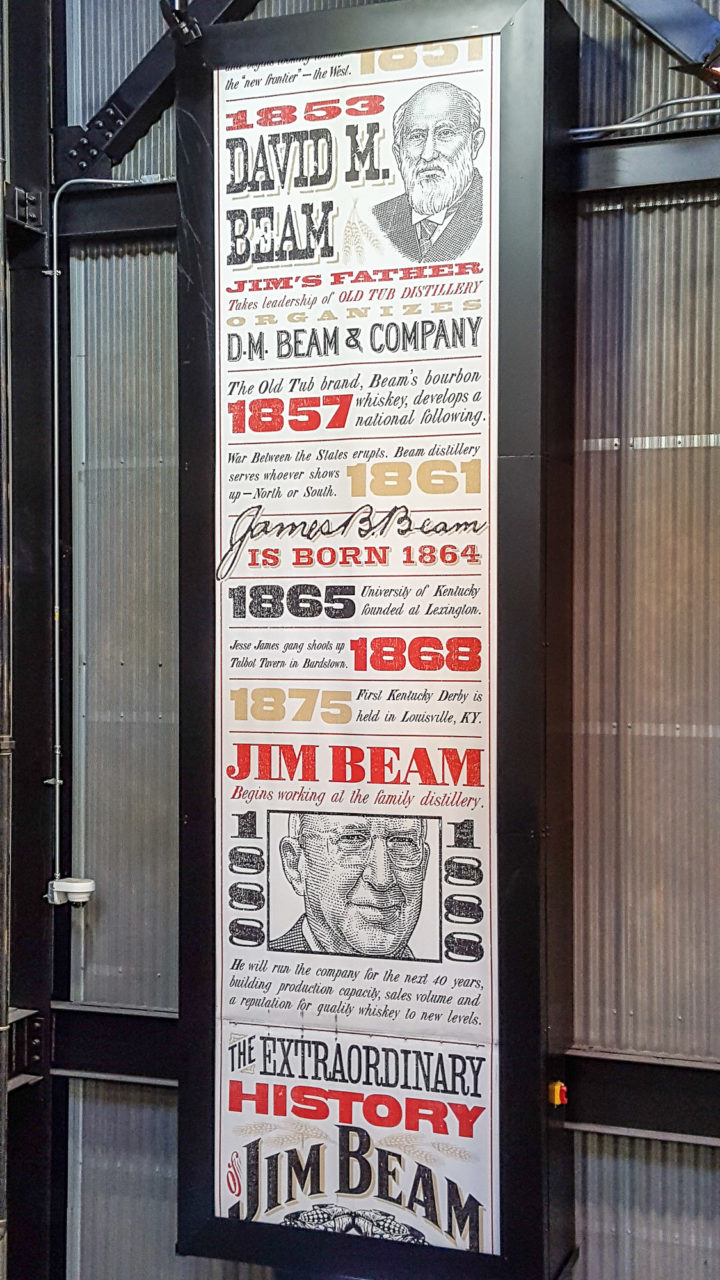
For many people, Jim Beam is synonymous with Bourbon. In fact, that’s what we drank almost exclusively until we started exploring other brands. Like anything, there are lots of choices, but ultimately it comes down to preference and choice.
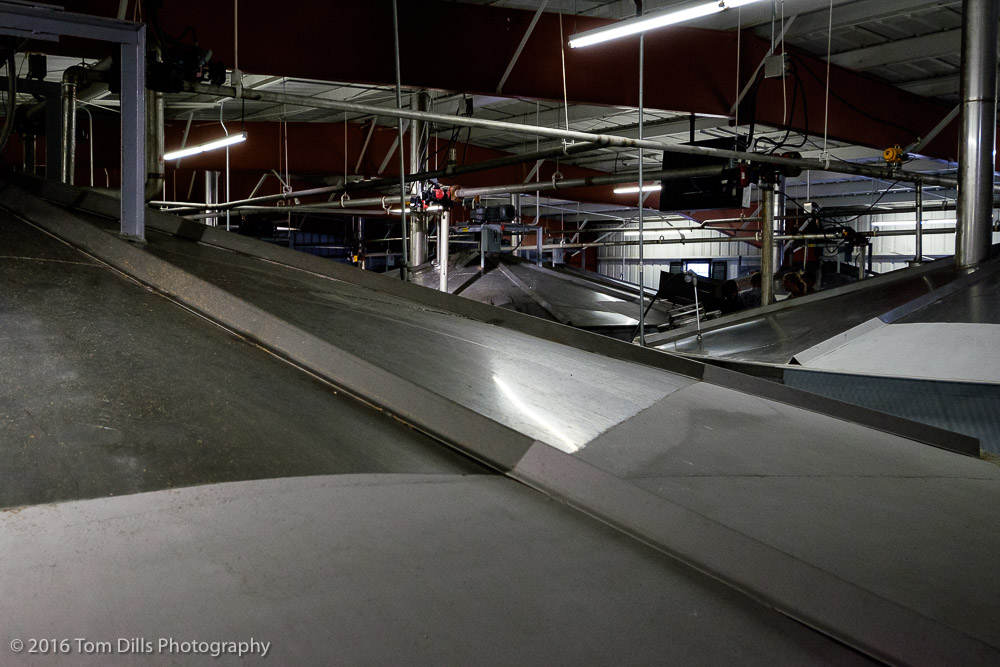
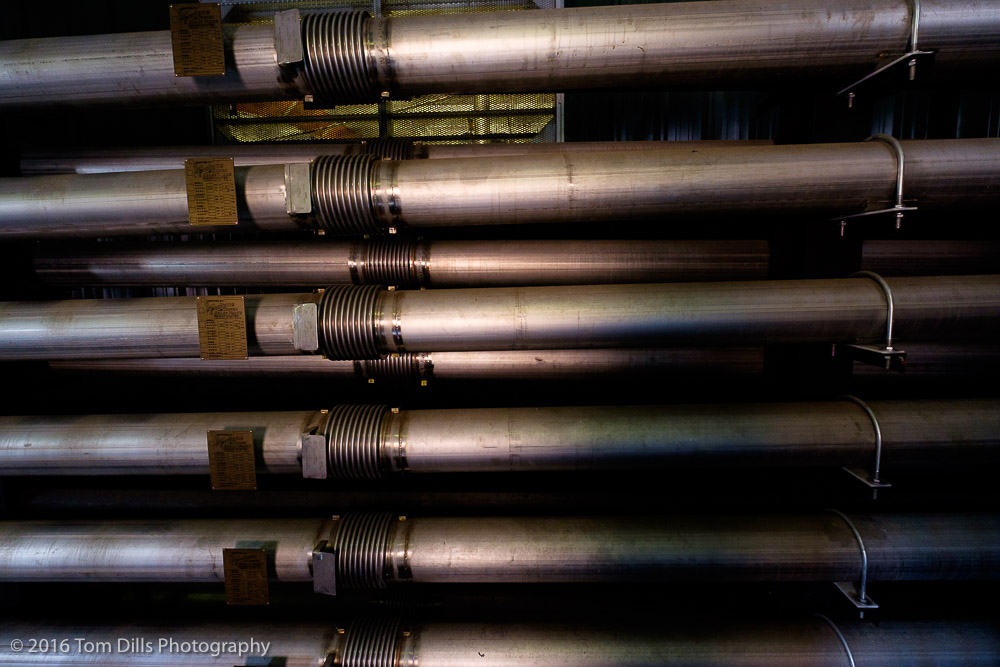
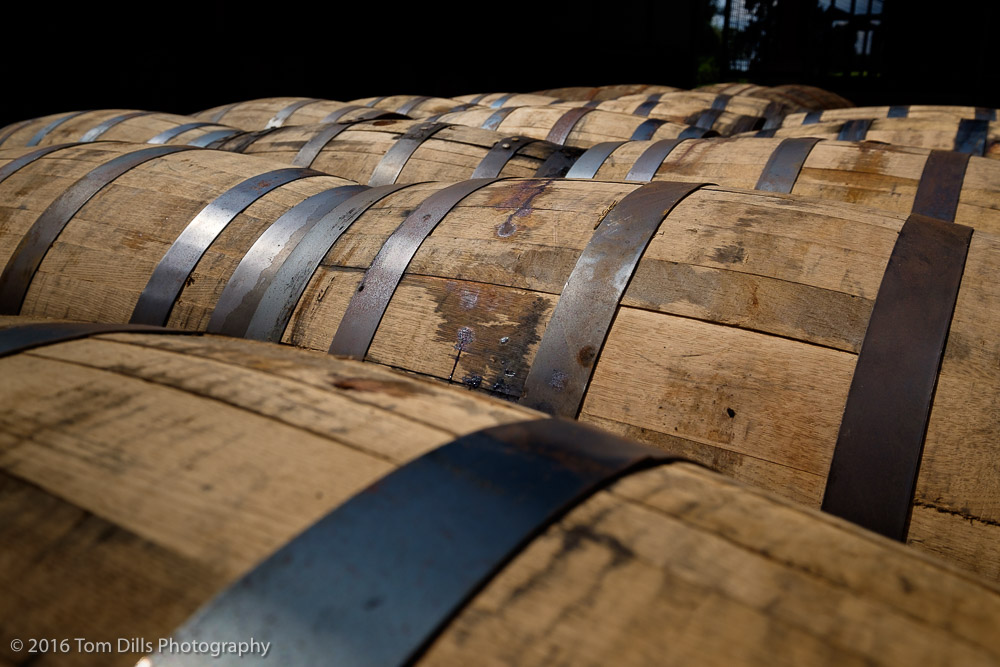
When we last visited about 10 years ago, Bourbon had not become mainstream like it is today, and the visitor areas consisted on a small tasting room and gift shop. Today, the company has built a huge gift shop, tasting room and museum and is very user friendly. The tours are let by very knowledgeable guides, and very little is “off limits.” Photos are encouraged and welcome, which is a refreshing change from some of the places we visit.
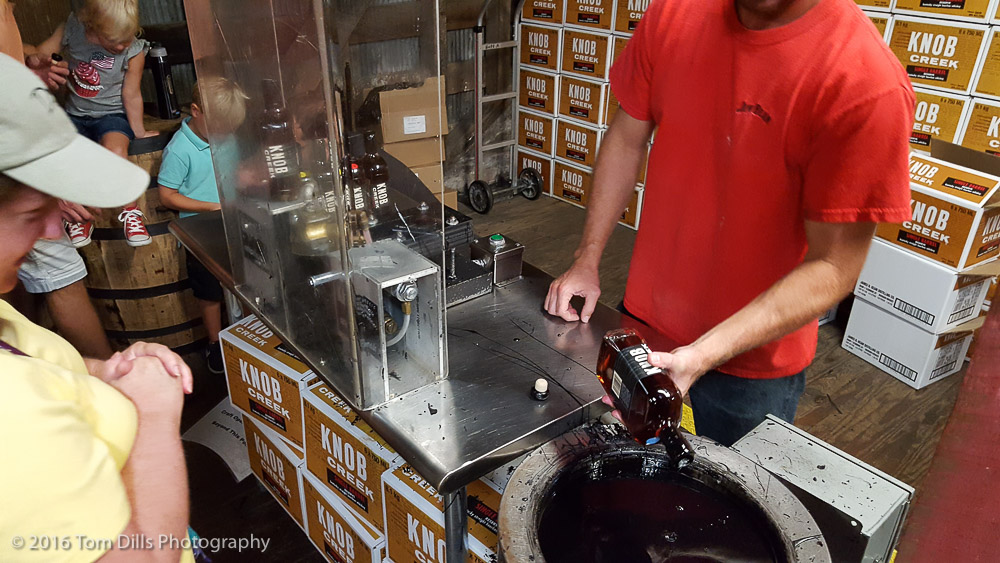
I didn’t end up taking many “artsy” photos, but between my phone and my camera I did end up with quite a collection. These are just a few of my “blog-worthy” photos.
For anyone interested in Bourbon and just a nice, friendly old fashioned place to visit, you can’t get much better than Jim Beam!
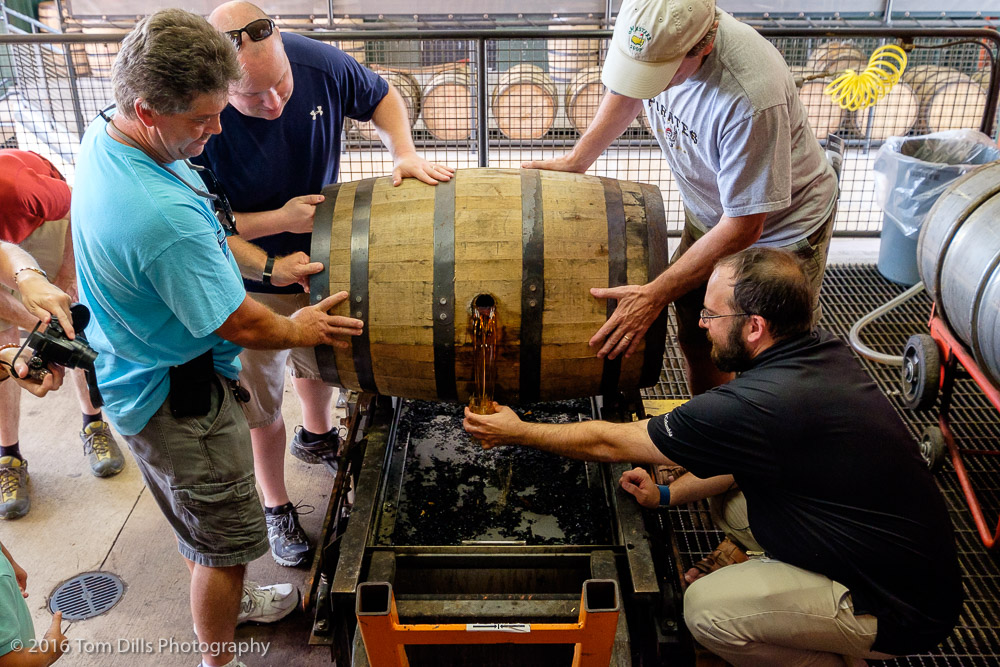

Sounds good. Do they offer guests of legal age a free tasting? I can’t say that I’ve ever even tasted bourbon, save for food cooked with it. I’m not much of a drinker, but it does look like an interesting place to visit.
All of the distilleries offer tours, although how and whether they charge for them varies. All of the places we visited had small charges for their tours (under $10) and had a tasting at the end. I think state law dictates whether or not they charge and how much they offer you to taste. Like anything, it works best once you have acquired some experience with tasting, because if you aren’t used to the taste it can be very hard to appreciate the differences. I’ll probably work that into a future post, because it really is an interesting process.
I’ve visited wineries and breweries but not a distillery. Similar to Paul, I’m no longer a drinker but this would be interesting to visit and learn about. It’s always interested me to know those who first came up with making any sort of alcohol. what a creative mind. I think you’ve done a great job in the series of images to tell the story.
I go only for the science, of course. 😉
My son & I had that very conversation over this past weekend. Interesting that the liquors produced in various parts of the world often/usually reflect the crops that are produced there. And how did they think to distill their crops instead of eating them or feeding them to the animals? Hard to say, but that is the question, I think!
Very interesting, Tom. Distilling is one of those area where the old ways/methods are still valued…such as using the wooden/oak barrels. You got some good photos…”artsy” or not. 🙂
The traditions are part of what makes the industry what it is. Although all of the major distillers are owned by large multinational corporations, you wouldn’t know it from visiting the facilities. I suppose if I worked in the corporate offices it might be a bit different, but unlike a lot of industries these days they seem smart enough to not mess with a good thing.